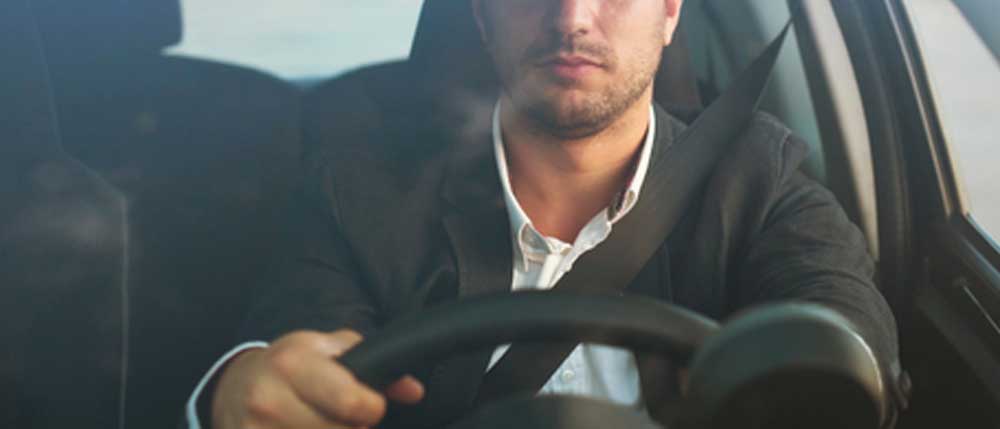A tire blowout while traveling at high speed puts you in one of the most perilous emergency situations imaginable. The best defense against a potentially disastrous accident or collision due to a blowout is keeping your tires properly inflated:
- Check the air pressure in all four tires every month, and maintain it within the tire manufacturer's recommended range.
- If the dashboard tire pressure indicator lights up while you're driving, it's telling you that you've lost significant air pressure in one or more tires. Pull off the road as soon as possible to avert a blowout and assess the situation.

How to Safely Handle a Blowout Emergency
Learning how to react to a tire blowout can help you prevent serious injuries and/or severe damage to your vehicle:
Collision Repair EstimateRepairing All Makes & Models
- Immediately get a firm, steady grip on the steering wheel and don't allow it to turn even slightly.
- Keep your foot off the brake. Instead, press the accelerator pedal briefly to help stabilize your position in the lane of traffic. Don't worry that doing so will increase your speed. It can't because the drag of the blown tire is already slowing your vehicle down.
- Don't let your car come to a stop in the middle of the road where you're vulnerable to a rear-end or side collision. You need to get off the road, but you must resist the urge to pull over until you've slowed to at least 30 miles per hour.
- When your speed has dropped sufficiently, start steering toward the shoulder. Use your turn signals for lane changes, and monitor mirrors and the traffic around you as you proceed.
- Once all four wheels are in the breakdown lane, gently apply your brakes until the car stops. Now it's safe to catch your breath and call for help, or get out and replace the blown tire with your spare.
If your vehicle sustains body, paint or auto glass damage due to a tire blowout and you need an expert repair, contact us today at Gerber Collision & Glass.






